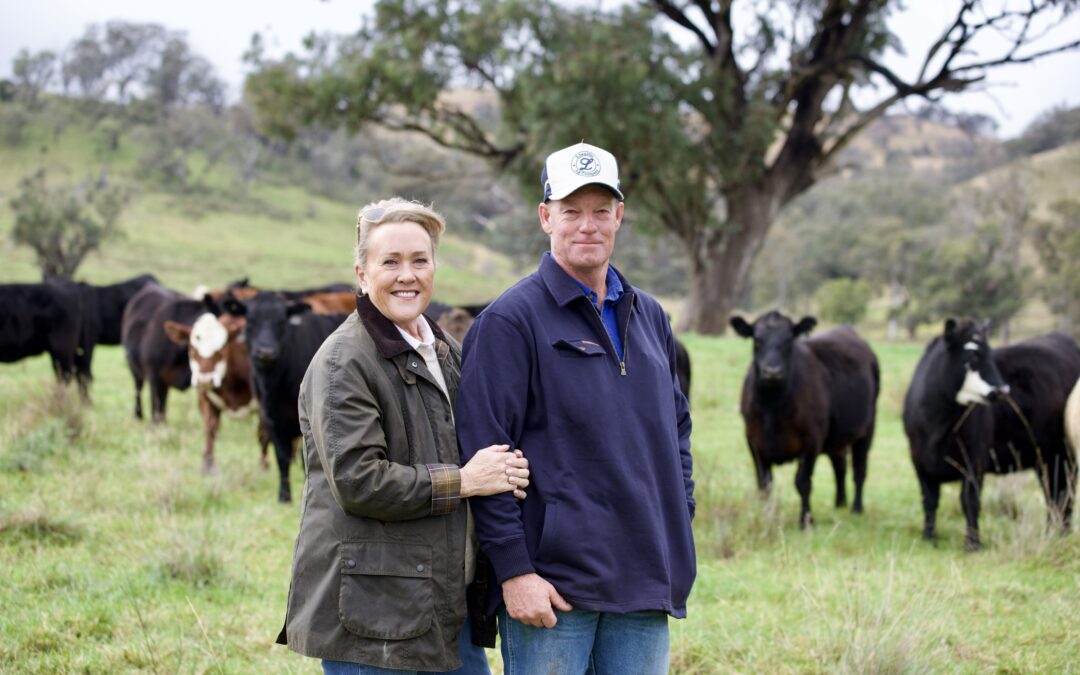Payday Super: A New Era for Superannuation Contributions
Whilst this is not yet law, we expect it will be passed and we should get prepared!
Starting from 1 July 2026, a significant change is coming to the way superannuation contributions are managed in Australia. The government has announced that employers will be required to pay superannuation guarantee (SG) contributions on the same day as employee salaries and wages, rather than the current quarterly system.
This reform, known as “payday super,” aims to address the issue of unpaid and underpaid superannuation, which has been a persistent problem affecting millions of Australian workers. By aligning superannuation payments with salary payments, the government hopes to ensure that employees receive their super contributions more promptly and frequently throughout their working lives.
Benefits for Employees
One of the primary benefits of payday super is that it will help employees, particularly those in lower-income, casual, or part-time employment, to receive their super contributions more regularly. This change is expected to enhance retirement savings and provide a more dignified retirement for many Australians.
Employees will also have greater visibility and control over their superannuation entitlements. With more frequent payments, employees can track their super contributions more easily and hold employers accountable for any discrepancies. This increased transparency will empower workers to take action if their superannuation is not being paid correctly.
Implications for Employers
For employers, the transition to payday super will require adjustments to payroll processes and systems. Employers will need to ensure that SG contributions are made within seven days of each payday to avoid penalties. This change will necessitate updates to payroll software and may involve additional administrative tasks.
However, there are also potential benefits for employers. More frequent superannuation payments can help streamline payroll management and reduce the accumulation of liabilities on the books. By making regular contributions, employers can avoid the financial burden of large quarterly payments and improve cash flow management.
Challenges and Considerations
While the move to payday super is expected to bring significant benefits, it also presents challenges. Employers will need to be diligent in ensuring compliance with the new requirements to avoid super guarantee charges. Additionally, the regulation of clearing houses and the timely movement of funds will be critical to the success of this reform.
The government has committed to working with industry stakeholders to address these challenges and ensure a smooth transition to the new system. Employers are encouraged to start preparing early and seek guidance from their payroll providers and industry associations to navigate the changes effectively.
Conclusion
The introduction of payday super marks a significant shift in the administration of superannuation contributions in Australia. By aligning super payments with salary payments, the government aims to enhance retirement savings, improve transparency, and reduce the risk of unpaid superannuation. While the transition may present challenges, the long-term benefits for both employees and employers are expected to be substantial.
As we approach the implementation date, it is crucial for employers to stay informed and take proactive steps to ensure compliance with the new requirements. By doing so, they can contribute to a more secure and equitable superannuation system for all Australians.



